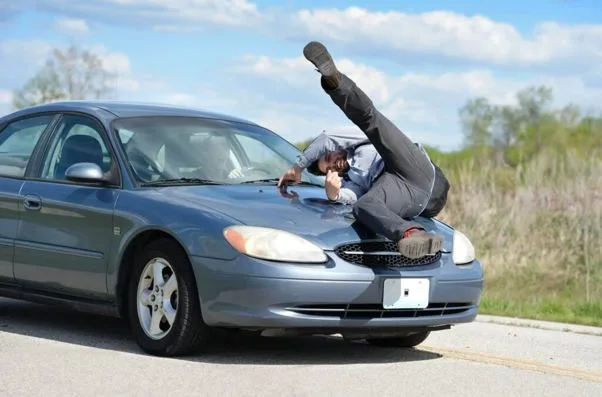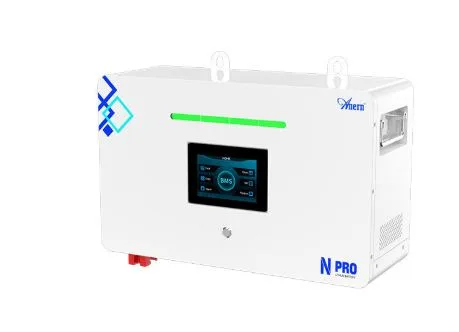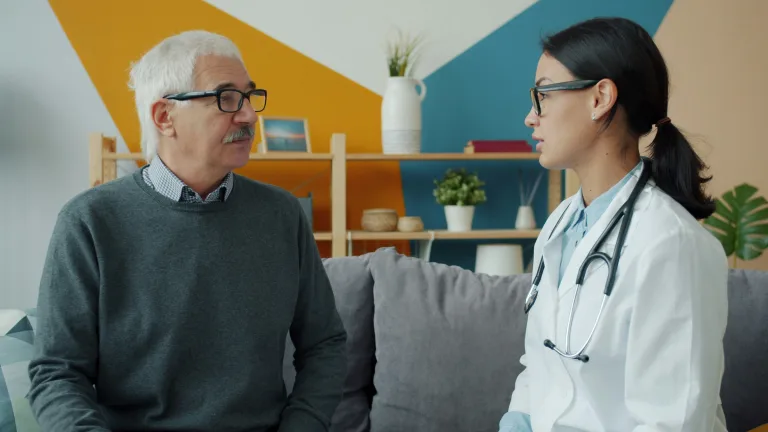Essential Evidence to Gather After a Hit-and-Run
A hit-and-run crash is more than an accident. It is a frightening experience that leaves victims injured, confused, and often alone with mounting questions. The driver has left the scene, but the pain, bills, and stress remain.
What happens next depends heavily on the evidence collected. That information gives victims a stronger chance to protect their health, secure fair treatment, and move forward with confidence.
The Consequences of this Accident
A hit-and-run accident is not just about damage to a car. It can disrupt a person’s entire life. Medical expenses, time away from work, and emotional stress can all build quickly. Evidence is what links those hardships to the driver who caused them. Lawyers rely on it to prove responsibility and to push back when insurers attempt to reduce or deny claims. Without it, the case becomes weaker, and victims are left carrying the weight alone.
Photos and Videos
The minutes after a crash can feel overwhelming, but gathering information is critical. If you are able, focus on these details:
- The license plate number, even if it is incomplete
- The make, model, color, or unique features of the vehicle
- The exact time and location of the crash
- Photos and videos of your injuries, the damage, and the road
- Names and contact information for any witnesses
- Notes written immediately about what you remember
When serious injuries prevent this, witnesses or nearby businesses may provide valuable details. Note that about 23% of pedestrian deaths involve a hit-and-run driver. That number highlights both the frequency of these crashes and the importance of preserving every available piece of evidence.
Surveillance Footage
Technology gives victims tools to preserve information that once might have been lost. Smartphones allow quick photos and videos of the scene. A short voice recording captures details before they fade from memory. These simple actions can strengthen a case later.
Surveillance and traffic cameras may also hold critical information. Lawyers or law enforcement can often request this footage, but recordings are not kept forever. Acting quickly is important, and attorneys understand how to secure this type of evidence before it disappears.
Why Does Evidence Matter So Much?
Evidence provides clarity in a moment filled with confusion. Each photo, record, or statement creates a record that supports the victim’s account. Without evidence, the story may be doubted. With it, the truth is preserved and respected.
Accident lawyers use this information to protect their clients. They know which details insurance companies rely on and which facts are most persuasive in court. Their experience ensures that evidence is presented in a way that strengthens the victim’s position and keeps the process fair.
The Role of Hit-and-Run Accident Lawyers
A hit-and-run case is different from other crashes because the responsible driver is missing. Lawyers help fill that gap. They know how to track down records, locate potential witnesses, and request video footage. Their involvement turns scattered details into a stronger case.
They also know how insurers handle these situations. Without legal support, insurance companies may delay payments or minimize coverage. With an attorney, evidence is organized, presented clearly, and used to protect the victim’s rights. This guidance can make a difficult recovery process less overwhelming.
What Evidence Matters Most for Insurance?
Insurance companies want consistency across all records. They compare police reports, medical documents, and witness statements. If those details do not align, insurers may reduce or deny payment.
Strong evidence reduces these risks. It confirms the victim’s story and supports their claim. Uninsured motorist coverage often plays a role in hit-and-run cases. This coverage can provide financial support when the driver is never identified, but only when the claim is backed by reliable evidence.
Quick Recap
- Collect photos, notes, and witness details whenever possible.
- Use technology to capture important information at the scene.
- Work with lawyers familiar with handling missing-driver cases
- Keep records consistent to support insurance claims





